There’s something a little magical — and a little unsettling — about watching a century-old holiday ad evolve under the flicker of artificial intelligence.
This season, Coca-Cola decided to remix its iconic “Holidays Are Coming” campaign with generative AI, crafting thousands of hyper-personalized ad variations across languages, climates, and cultures.
It’s an ambitious leap into creative automation that’s already making marketers everywhere raise their eyebrows, as detailed in this report on the brand’s latest AI experiment.
What’s fascinating is how quietly revolutionary the move is. In the past, Coca-Cola’s global holiday ads could take close to a year to produce. Now? A few weeks.
With the help of AI partners Silverside and Secret Level, the company generated over 70,000 assets, avoiding the awkwardness of too-real digital humans while still delivering the emotion people expect. It’s almost eerie — code learning how to tug at heartstrings.
Meanwhile, halfway across the world, startups are catching the same wave. A fresh example is Quickads, a generative-AI platform that recently raised $1.7 million to power large-scale copywriting and ad automation. The pitch? Let the bots handle the brainstorming, and let humans fine-tune the feeling.
Honestly, it’s a compelling bargain — though creatives might disagree after a long night revising AI-written jingles that rhyme “joy” with “deploy.”
Still, not every culture is buying into the same digital recipe. Over in Japan, a research partnership between Dentsu and SoftBank is exploring AI tuned specifically for Japanese copywriting, ensuring the nuance of native idioms doesn’t get lost in translation.
It’s smart — AI’s biggest weakness has always been tone, not syntax. The emotional subtext of “Merry Christmas” isn’t universal, after all.
And let’s not forget how AdAge recently noted Coca-Cola’s growing comfort with AI-driven campaigns.
The company has been experimenting since 2023 with everything from digital art contests to AI-generated Santa concepts. But this year feels different. This isn’t just an experiment — it’s the blueprint.
I’ll admit, there’s a romantic in me that misses the days when creatives argued over taglines on sticky notes instead of tweaking prompts. But maybe that’s nostalgia talking.
If AI really can deliver better, faster, more personal storytelling — and still make people tear up at the sight of a red truck in the snow — maybe it’s worth the trade-off.
The heart of advertising was never just about who wrote the words. It was about who they moved. And if machines can help us move more hearts, well… maybe that’s just another kind of magic.

